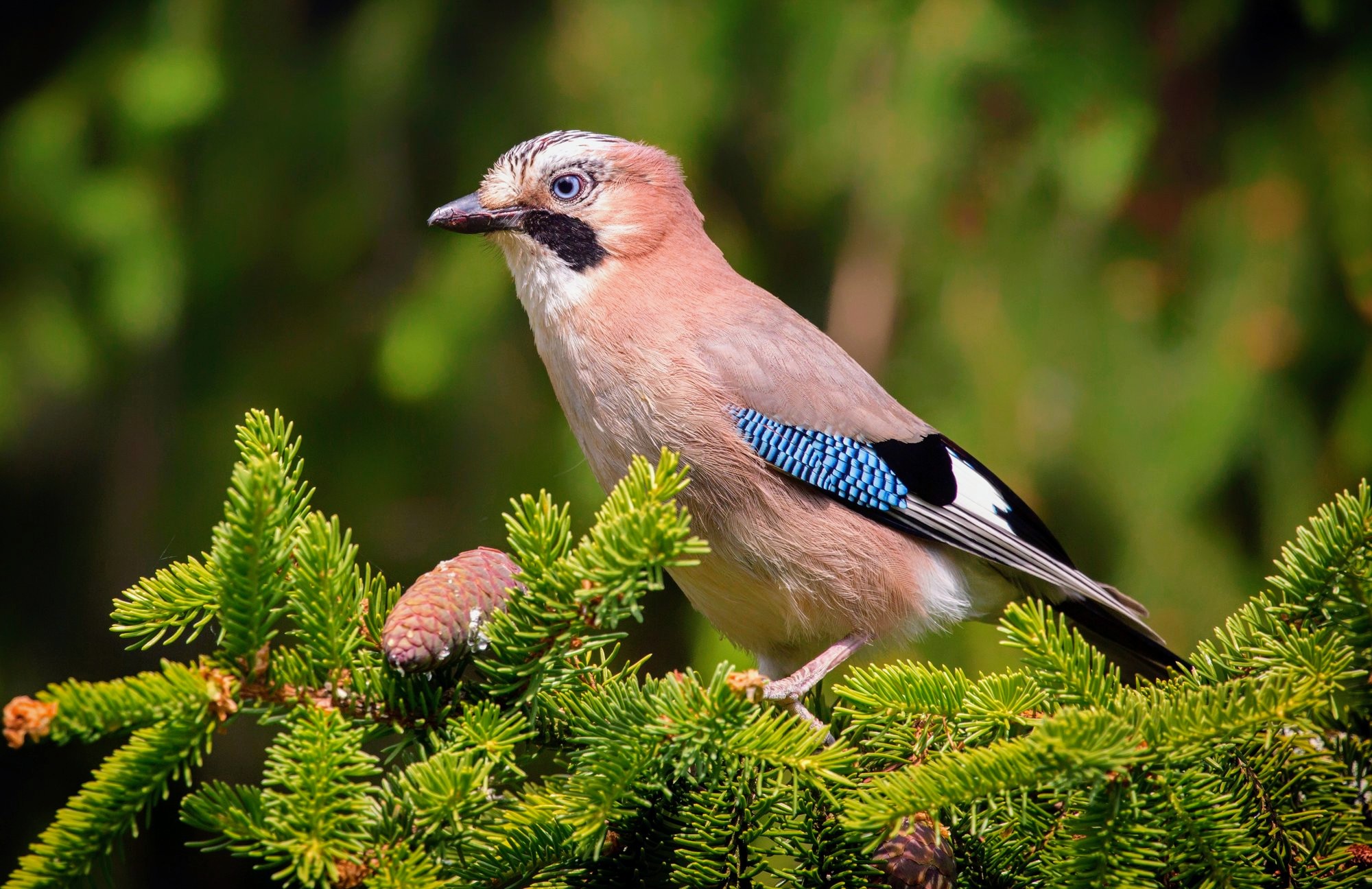A new study led by the University of Cambridge has discovered that Eurasian jays can recall incidental details of past events. According to the experts, these findings suggest that the birds have a form of episodic memory akin to humans.
Humans possess the ability of “mental time travel,” reimagining past experiences and recalling seemingly unimportant details. For a long time, this episodic memory has been considered unique to humans.
Episodic memory in non-human animals
“Episodic memory describes the conscious reimagining of our memories and is often considered to be a uniquely human ability. As these phenomenological components are embedded within its definition, major issues arise when investigating the presence of episodic memory in non-human animals,” the authors wrote.
“Importantly, however, when we as humans recall a specific experience, we may remember details from that experience that were inconsequential to our needs, thoughts, or desires at that time,” they added.
“This ‘incidental’ information is nevertheless encoded automatically as part of the memory and is subsequently recalled within a holistic representation of the event. The incidental encoding and unexpected question paradigm represents this characteristic feature of human episodic memory and can be employed to investigate memory recall in non-human animals.”
Episodic-like memory in Eurasian jays
In their study, the researchers aimed to test for episodic-like memory in Eurasian jays, known for their skill in remembering the locations of stored food. The experiment involved seven jays, which watched as food was placed under one of four identical cups. They were then rewarded for selecting the correct cup based on its position.
After training, the birds faced an unexpected memory test: they watched food being placed under one of the cups, now each with unique visual characteristics.
After a 10-minute separation, during which the cups were relocated and rearranged, the jays still identified the baited cup correctly 70% of the time, despite the visual changes and time delay.
Eurasian jays recall details of previous experiences
These findings suggest that although the visual differences between the cups were irrelevant during training, the jays noticed and recalled these details during the test. This capability mirrors episodic memory in humans, where incidental details are recorded and accessed later.
The researchers propose that this type of memory might help jays locate food stores. However, future studies are needed to explore whether jays can perform similar memory tasks in non-food-related scenarios.
“As the jays were able to remember details that held no specific value or relevance at the time that the memory was created, this suggests that they are able to record, recall, and access incidental information within a remembered event,” noted the study authors.
“This is an ability that characterizes the type of human memory through which we mentally ‘relive’ past events (or episodes), known as ‘episodic’ memory.”
More about Eurasian jays
Eurasian jays are medium-sized birds belonging to the crow family, Corvidae. They are native to the broad range of Europe and western Asia.
Eurasian jays are highly intelligent and exhibit complex behaviors, including the ability to mimic the calls of other birds and even human-made sounds.
Appearance
These birds are known for their striking plumage, which features a mix of pinkish-brown feathers, a white throat, and distinctive blue patches on their wings. Their head is adorned with a black mustache-like stripe and a black crown.
Diet
These jays are omnivorous, feeding on a varied diet that includes acorns, seeds, fruits, insects, and small vertebrates. They are particularly noted for their role in oak tree propagation, as they collect and bury acorns to eat later, often forgetting some, which then germinate into new trees.
Lifestyle
Eurasian jays are typically solitary or found in pairs, though they can gather in larger groups during the winter. They have a wide range of vocalizations and are known for their loud, raucous calls. Their nests are built high in trees and are constructed from twigs, roots, and other plant materials, lined with softer items like moss and feathers.
These birds are also notable for their problem-solving skills and the ability to plan for the future. Despite their wide distribution and varied habitats, they tend to avoid areas of dense urban development, preferring woodland environments.
The study is published in the journal PLoS ONE.
—–
Like what you read? Subscribe to our newsletter for engaging articles, exclusive content, and the latest updates.
Check us out on EarthSnap, a free app brought to you by Eric Ralls and Earth.com.
—–










